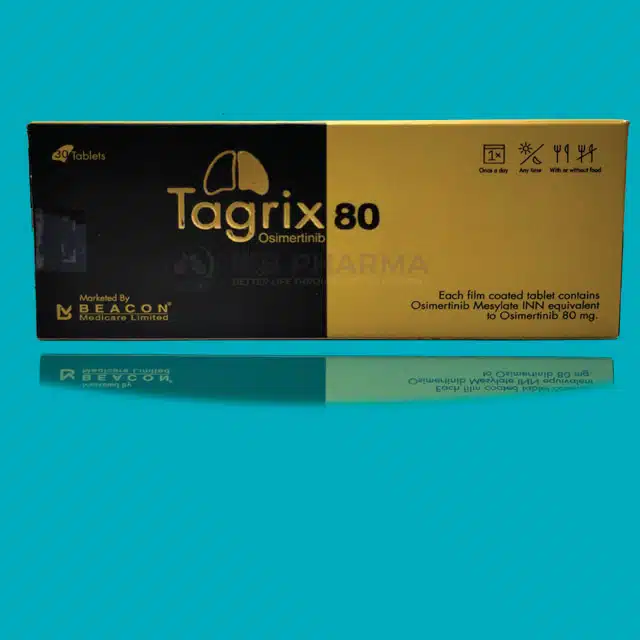|
|
Nevertheless, the sun is shining brighter than ever, and temperatures are rising by the minute. You know what that means: it’s July. The seventh month of the year is usually the go-to month for vacation. Whether you’re playing beach volleyball or visiting the Grand Canyon, chances are you’re doing it in July. With great fun comes great responsibility. That’s how the saying goes, right? Well, it should, especially since July is UV Safety Awareness Month. UV Safety Awareness Month reminds you of the sobering reality of the great outdoors. While we all benefit from getting out of the house every now and then, it’s not without its risks. UV rays can be harmful if you go out unprotected. No need to fret, however — we’ve got you covered. Here’s how to have the sunniest and safest fun throughout UV Safety Awareness Month. Brighten and Lighten Up with These UV Ray Facts UV rays are the leading cause of most skin cancers, according to the American Cancer Society.
Also per Weill Cornell Medicine, five sunburns double your risk of developing melanoma, the deadliest form of skin cancer. Basal and squamous cell skin cancers are the most common kinds of skin cancer, which are often caused by the following: Spending time in the sun for recreation Living in an area that gets a lot of sunlight Having a serious history of sunburns Case in point: don’t spend too much time in the sun. But if — and when — Osimertinib (Tagrix 80 Mg) you do step out into the great outdoors, make sure you’re packing. The Power of Sunscreen July is among the most popular months to go to the beach, according to the world-renowned cruise company Carnival. As a result, you are statistically more likely to be in the beach setting once July rolls around. Beaches are a powerful source of getting sunlight. In fact, it’s way too powerful at times. As we established in the previous section, there is such a thing as too much of a good thing — especially when it comes to sunlight.

Protect yourself during UV Safety Month and all the months to come with a healthy helping of sunscreen. The American Academy of Dermatology Association recommends applying a broad-spectrum, water-resistant sunscreen with an SPF of 30 or higher. The National Foundation for Cancer Research recommends reapplying sunscreen every two hours, after getting out of the water, or after sweating. Most water-resistant sunscreens are effective for 40 minutes in water, so put that smartwatch to good use by setting a timer for the appropriate amount of time. Lastly, check the expiration date on your sunscreen. Sunscreen bottles tend to gather dust in your house until the summer rolls around. Check the date on the bottle before going on that next dream vacation. Throw Some Shade (The Good Kind) Aren’t trees great? They’re tall and sturdy and provide a fantastic sense of natural calm. They also come in clutch during the summer months when the sun is out.
|
|